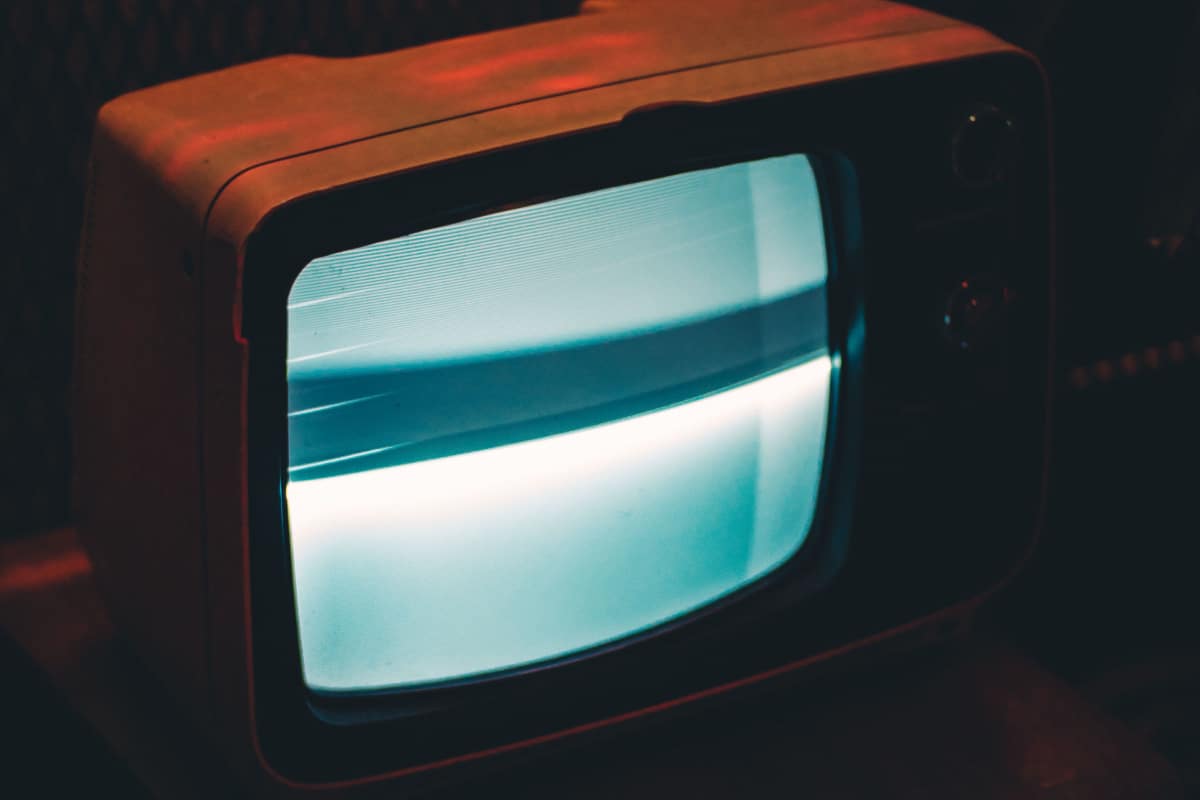1.2K
If you want to estimate the power consumption of your TV per hour, it depends very much on the technology of your screen. This is because the energy requirement varies significantly with it. This is also not the only factor.
Power consumption: This is how much your TV needs per hour
Besides the many necessary household appliances, the TV usually has a considerable share in the general consumption, at least if it is used a lot.
- The technology of your TV is basically decisive. Because if you still have an old tube TV or even a plasma TV, which were particularly popular for a while, you have a clear power guzzler in your house.
- The LED or LCD TVs, which are also common nowadays, have a much more moderate power consumption. So-called OLED TVs also consume far less electricity than the older technologies.
- Another decisive factor is the size of your TV. This is because LCD displays with backlighting, in particular, have to illuminate four times the area for a diagonal twice as large, which leads to roughly four times the power consumption.
- Theoretically, OLED TVs consume less electricity because there is no backlighting, but the individual pixels light up when they are needed. This also results in a higher contrast. On average, however, the picture is darker, which is often compensated for by a higher brightness.
- For the more efficient LCD/LED TVs, as for OLED TVs, a power requirement can be estimated depending on the size. If your TV has a size of about 50 to 55 inches, you will get at least 60 watts in operation. This corresponds to 60 watt hours of energy per hour, which, at an electricity price of 36 cents, results in an electricity cost of about 2.1 cents.
- Even if the diagonal size increases to 65 inches, the power requirement increases to at least 80 watts, which then results in an hourly cost of about 2.9 cents.
Possible electricity saving measures
There are a few ways to minimise the amount of electricity your TV needs.
- In general, an important feature of a television is its energy efficiency class. Ultimately, this provides direct information about the average power consumption of a household appliance. It is therefore important to compare this with other appliances when buying a TV.
- When buying yourself, you should compare the appliances on the basis of the same screen diagonal. If you are not sure how big your TV should be, there is a simple rule of thumb for this. If you know how far away you normally sit from the TV, you can divide this distance by three to get the optimum diagonal.
- One simple thing that saves cash is to avoid standby. This is the state when your TV is still connected to the mains but switched off. In this state, however, it continues to consume electricity, which has quite an impact over the year. Therefore, you should always disconnect the TV from the mains and only plug it in when necessary.
- If you also listen to the radio on your TV, this is a bad idea from an energy point of view, as a TV consumes significantly more electricity than a radio.
- If you want a very large TV for your own home cinema, it may be worth buying a second, much smaller TV for programmes that do not require a large screen. Because as described above, power consumption increases massively with size.
